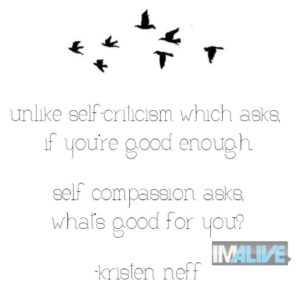Since we believe in “practicing what we preach”, I have a group of “peers” that I rely on for love, care and support. Recently, a dear peer noticed I was frazzled and stressed. She asked what I was doing. Not really hearing her question, I responded by naming everything that’s on my plate and the pressure I was feeling. She listened patiently, then asked again, but this time more directly: “What are you doing to feel better? What are your protocols for feeling better?”
THIS got my attention! Not the notion of “feeling better”, but the word “protocol”. I LOVE protocols. Here at CSS, we help agencies / organizations write peer policy and response protocols all the time. So, the idea that I could write my own set of protocols blew my mind. Why hadn’t I thought of this?
I immediately grabbed a notepad and a pen and wrote at the top of the page: Protocols for Feeling Better. As I was thinking, my friend chimed in, “meditation.” Ah! Good one. Then I looked at her for more input. She wasn’t taking the bait. “You know what helps you feel better.” She was right. So I thought for a minute more and words started to flow: stay current with trusted friends (don’t isolate), walk dogs daily, stay hydrated, go to bed on time, intermittent fasting, morning quite time / prayer / meditation, stay in my lane, turn my will over to God’s care…
We talk a lot about self-care. From trainings to articles to webinars to blogs, we devote a lot of time to reminding helpers that NOTHING is more important in caring for others than caring for yourself first. Which is why I’m extending this challenge to you. Create your own “Protocols for Feeling Better”.
Life is going to happen. Life is going to create distractions and demands that will throw us off our game and out of our routine – and, before we know it, we won’t be feeling so great. So, it’s invaluable to have protocols that move you back to feeling better. It may be a list of “do’s and don’ts”. It may be a list of actions and activities. Or, it may be a list of distorted thoughts that need to be replaced with more helpful, compassionate thoughts. How you create and maintain your protocols are up to you.
You know when you don’t feel good. The key is wanting to feel better and knowing you can.


Great article, Dorie.